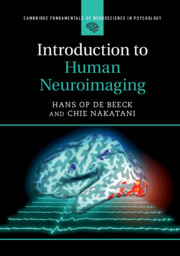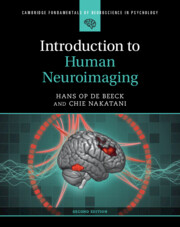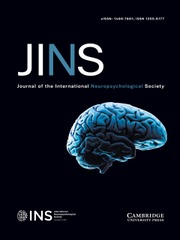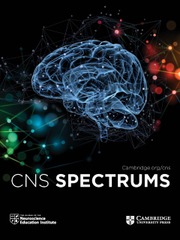Introduction to Human Neuroimaging
Developed specifically for students in the behavioral and brain sciences, this is the only textbook that provides an accessible and practical overview of the range of human neuroimaging techniques. Methods covered include functional and structural magnetic resonance imaging, positron emission tomography, electroencephalography, magnetoencephalography, multimodal imaging, and various brain stimulation methods. Experimental design, image processing, and statistical inference are also addressed, with chapters for both basic and more advanced data analyses. Key concepts are illustrated through research studies on the relationship between brain and behavior, and practice questions are included throughout to test knowledge and aid self-study. Offering just the right amount of detail for understanding how major imaging techniques can be applied to answer neuroscientific questions, and the practical skills needed for future research, this is an essential text for advanced undergraduate and graduate students in psychology, neuroscience, and cognitive science programs taking introductory courses on human neuroimaging.
- The only book that offers an accessible and practical overview of the range of human neuroimaging methods
- Developed specifically for students in the behavioral and brain sciences
- Provides example research studies to illustrate key concepts, and practice questions for homework and self-study
- Includes over 100 full color illustrations
Reviews & endorsements
'This masterfully written text threads the needle between being a cutting-edge and comprehensive state-of-the-art reference on all human neuroimaging methods, and a highly accessible and perspective-building book that one will want to read from cover to cover. I look forward to purchasing a copy for everyone in my lab.' Peter Bandettini, Director of the Functional Magnetic Resonance Imaging Core Facility (FMRIF), National Institute of Health
'Well written, nicely illustrated, and authoritative, this book is certainly to be recommended both to those starting out in the field and to those wanting to deepen and widen their neuroimaging knowledge.' Vincent P. Giampietro, King's College London
'This is a valuable reference for those interested, and currently utilizing, human neuroimaging in their research. It provides a strong neurophysiological basis for the methods, a physics basis for the instrumentation, and modern analytical tools useful for the quantification of data. I highly recommend this book!' Lewis A. Wheaton, Georgia Institute of Technology
Product details
June 2019Paperback
9781316632185
368 pages
247 × 174 × 14 mm
0.72kg
118 b/w illus. 118 colour illus.
Available
Table of Contents
- 1. Introduction and overview
- Part I. Structural Neuroimaging:
- 2. The physics behind magnetic resonance imaging
- 3. Structural imaging methods
- Part II. Hemodynamic Neuroimaging:
- 4. Hemodynamic imaging methods
- 5. Designing an hemodynamic imaging experiment
- 6. Image processing
- 7. Basic statistical analysis
- 8. Advanced statistical analysis
- Part III. Electrophysiological Neuroimaging:
- 9. Electromagnetic field of the brain
- 10. Electroencephalography and magnetoencephalography
- 11. Basic analysis of electrophysiological signals
- 12. Advanced data analysis
- Part IV. Complementary Methods:
- 13. Multi-modal imaging
- 14. Causal methods to modulate brain activity.










